
Why Is Client Care Important In Veterinary Practice? Although Most Veterinarians Search First for veterinary resources like Veterinary Books to increase their medical knowledge, there are various challenges to be in practice. Competition, not having enough experience, and many more are challenges. But, caring for your clients should always remain the main priority of your veterinary practice. It’s important to invest in your clients and to go above and beyond expectations so that they will continue to use your services long after the first visit. A surefire way to build a quality clientele is to provide top-notch client care. Here in this blog, we will discuss why client care is important in your veterinary practice and it can help your business.
What does a client want from a veterinary clinic?
When we talk about what a client wants from a veterinary clinic, we’re not just talking about the physical space. We’re also talking about the experience you can provide them. A client should feel like they are being taken care of by someone who cares about them and their pet’s health, and that’s what you want to give them!
To do this, you’ll need to make sure your staff is well-trained and that they know how to interact with clients in a way that makes them feel comfortable and valued. You’ll also want to provide an environment that is clean and welcoming. Clients want to feel like they are in a place where they will be treated well by people who are competent. So that’s why it’s important to have good training programs for new employees as well as regular reviews of your existing ones. Finally, you’ll want to make sure that your clinic has resources available for clients who may need additional support.
As a whole things that a client need as client care are:
- Helpful staff
- Friendly staff
- Convenience
- Individual attention
- Clean surrounding
- Respect
- Advice
- Taken care of
Read More: 7 Essential Skills For Improving Communication In Veterinary Practice
Benefits Of Good Client Care
Client care is the foundation of a successful veterinary practice. If you don’t take care of your clients, they won’t take care of you. The best way to ensure this is by showing them that you care about them and their pets. The most common benefits that you will get after a good client are:
Enhanced Client Satisfaction
Client care is an important part of veterinary practice, but it can be difficult to know how to implement it in a way that enhances client satisfaction. Client care is especially important when it comes to veterinary care. When a pet owner has an appointment, he trusts you a complete stranger to take care of his pet.
If he doesn’t feel comfortable with the person who is taking care of his pet, or if he thinks that his pet not getting the right care, it can make a potentially scary situation even more uncomfortable. That’s why you should commit to providing your clients with the best possible experience. You should make them feel like their animal is in good hands. When a feel completely satisfied and comfortable it will enhance his satisfaction.
Increase client retention
Client retention is complicated and most factor in veterinary practice. There are a lot of factors that go into keeping your clients coming back for more. But one of the most important is ensuring that they feel cared for. If you want to keep your clients coming back, you need to make sure that they feel like their needs are being met, and that they have someone to turn to when things go wrong. This means having a team of staff members who are willing to go above and beyond for their clients, even if it’s not part of their job description. It means making sure that your staff understands what each animal needs and how best to help them achieve those needs.
Read More: How to Build a Loyal Client In Your Veterinary Practice
Increased reputation
Good client care is crucial to your clinic’s reputation. It helps you stand out from your competitors, and it can make all the difference in the world when it comes to attracting new clients. Good client care doesn’t have to be complicated; it just needs to be consistent. The more you do for your patients, the more they’ll feel like they’re getting their money’s worth and they’ll tell their friends!
This kind of word-of-mouth advertising can generate tons of new patients for your clinic without ever having to spend a dime on marketing!
Increased Revenue
One of the easiest ways to increase your veterinary clinic revenue is to increase client care. When you take the time to provide your clients with exceptional service, you’ll build trust and loyalty—and those things translate into new patients who will come back again and again. In fact, according to a recent study from the Center for Health Care Strategies, “Measuring Patient Satisfaction: A Guide for Hospitals,” a hospital’s ability to deliver high-quality care makes it easier to attract new patients and retain existing ones. If you fail to provide good client care it will decrease client retention and eventually revenue.
Read More: How To Increase Revenue In a Veterinary Practice
Is client feedback important?
Client feedback is a vital part of running a successful veterinary clinic. Your clients are the reason you’re in business, so it makes sense that they should have a say in how things are done. Feedback can help you improve your customer service and make sure that you’re meeting their needs. It also helps you stay on top of trends in the industry, which can help you stay ahead of the competition.
The easiest way to get feedback from clients is to ask for it. And no, we don’t mean sending them an email and hoping for the best. We mean by asking them face-to-face, in person. You can do this at your next meeting with them, over the phone, or even by sending out a survey. But make sure you’re getting their input in the format that works best for them and give them an easy way to reply!
Conclusion
Veterinary practices that value client care and focus on the emotional needs of their clients get more repeat business, which also helps with word-of-mouth marketing and increasing office visits. So put more focus on providing good veterinary care as well as client care.
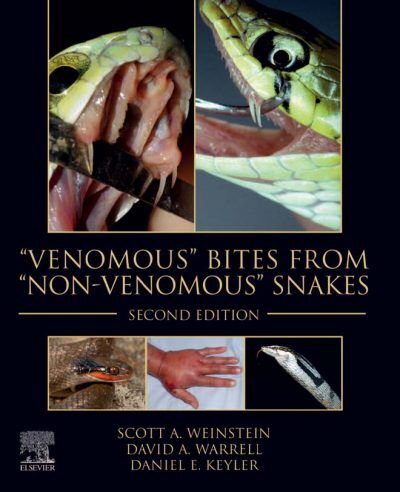

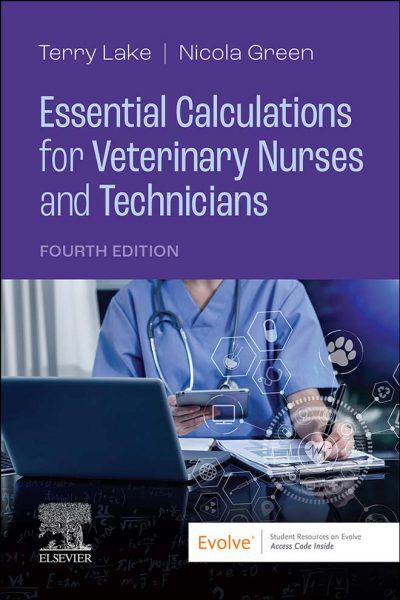





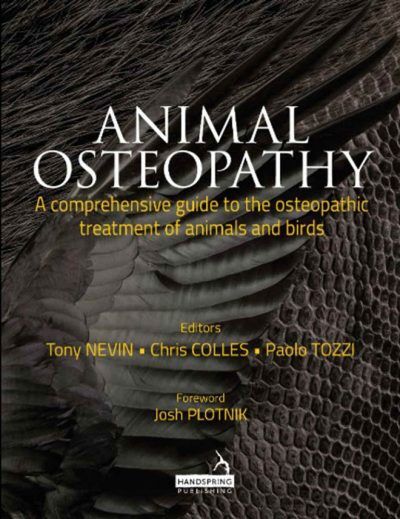
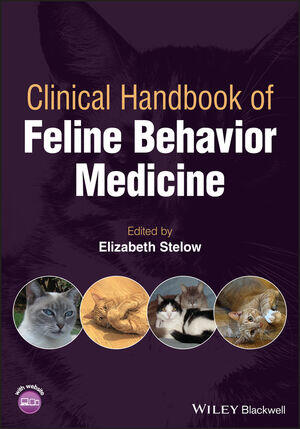





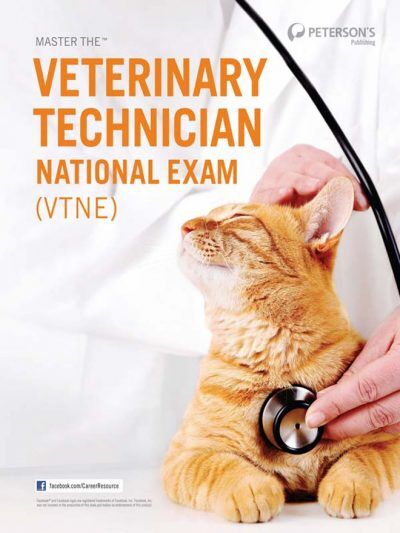




![Ettinger’s Textbook of Veterinary Internal Medicine 9th Edition [PDF+Videos] Ettinger’s Textbook of Veterinary Internal Medicine 9th Edition [True PDF+Videos]](https://www.vet-ebooks.com/wp-content/uploads/2024/10/ettingers-textbook-of-veterinary-internal-medicine-9th-edition-100x70.jpg)

![Textbook of Veterinary Diagnostic Radiology 8th Edition [PDF+Videos+Quizzes] Thrall’s Textbook of Veterinary Diagnostic Radiology, 8th edition PDF](https://www.vet-ebooks.com/wp-content/uploads/2019/09/textbook-of-veterinary-diagnostic-radiology-8th-edition-100x70.jpg)





